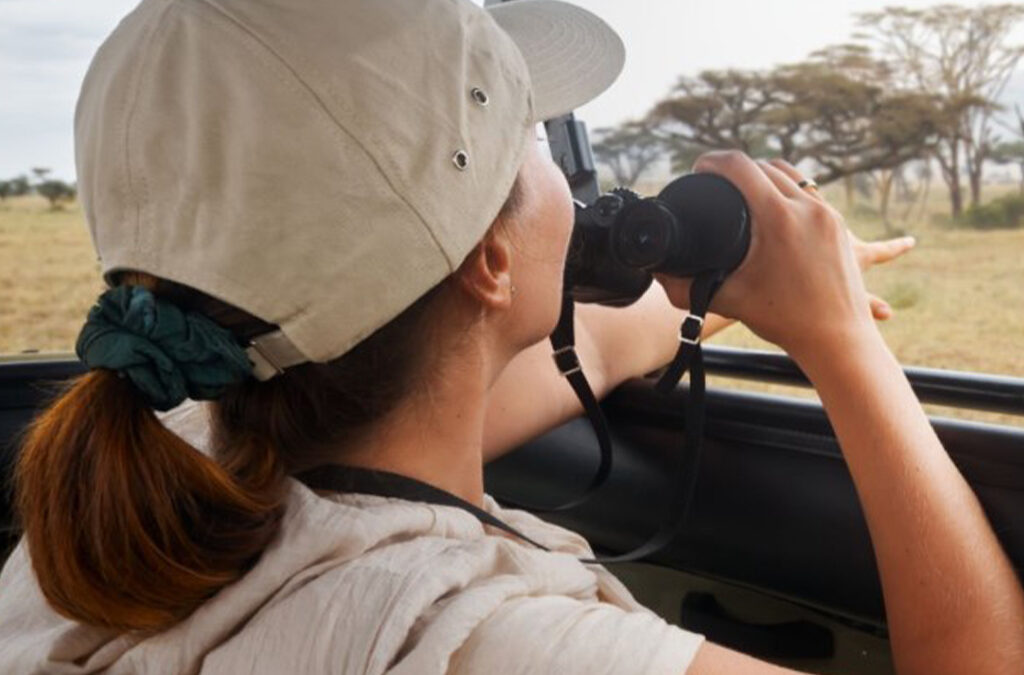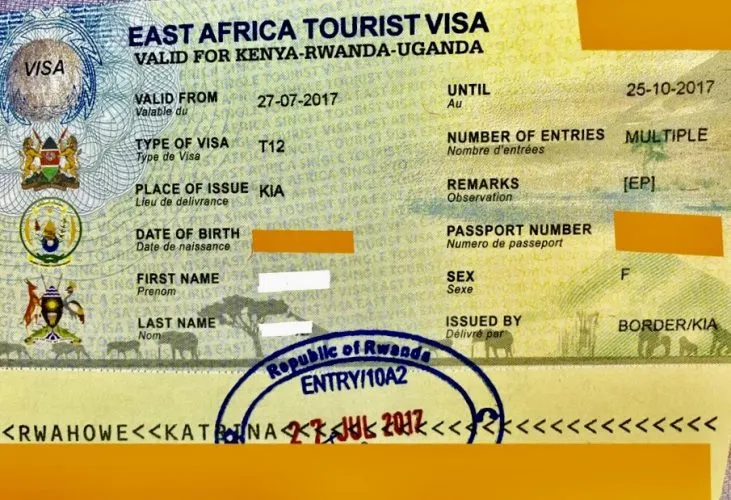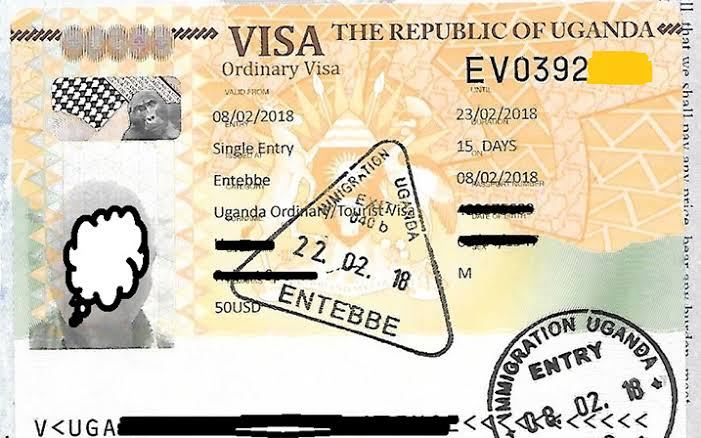Can You Do a Self-Drive Safari? An Adventure of a Lifetime Behind the Wheel
There’s a kind of freedom that comes with navigating the wild at your own pace. Imagine waking up to the chorus of birds, feeling the crunch of gravel under the tires, and spotting an elephant silhouetted against the golden African dawn all without a guide dictating the journey. That’s the essence of a self-drive safari: pure, unfiltered adventure.
A self-drive safari isn’t just about cost-saving or flexibility. Its about forging a personal connection with nature, about being part of the rhythm of the wilderness, and about the quiet thrill that comes from knowing you’re in the drivers seat in every sense of the word.
What Is a Self-Drive Safari?
A self-drive safari is exactly what it sounds like: taking control of your own vehicle to explore game reserves and national parks. These adventures typically happen in Africa South Africa, Namibia, Botswana, and parts of Tanzania and Kenya are popular choices where infrastructure and wildlife density support independent travel.
Unlike guided safaris, where itineraries are fixed and the experience is curated by a professional, a self-drive safari lets you decide where to go, how long to stay at a sighting, and when to call it a day. Its freedom and responsibility rolled into one remarkable experience.
Who Is It For?
This style of travel isn’t just for seasoned adventurers or off-road pros. It’s for anyone with a curious spirit, a bit of preparation, and a desire to truly immerse in the wild. A self-drive safari suits those who love road trips, have a healthy respect for wildlife, and enjoy learning through doing.
It’s also ideal for couples, families with older kids, and small groups of friends who want to bond over shared challenges and unforgettable moments. With the right vehicle and a map or better yet, a good offline GPS navigating the bush becomes surprisingly manageable.
Why It’s Worth It
There is something transformative about turning a corner and finding a pride of lions sprawled under a tree. That moment, free from a guides whispers or a timetable, feels more intimate and earned. A self-drive safari offers:
-
Flexibility: Spend 45 minutes watching a herd of elephants cross a river, or skip a crowded watering hole altogether. No schedules. No pressure.
-
Privacy: Enjoy sightings in your own company, without sharing space with a dozen other tourists.
-
Authenticity: It’s not just a sightseeing tour; it’s a personal journey through raw, untamed landscapes.
-
Pride in Self-Sufficiency: Every successful drive and every animal spotted becomes a personal achievement.
What You will Need
Preparation is key to a successful self-drive safari. Here is what makes all the difference:
-
A Suitable Vehicle: A 4×4 is often recommended, especially in rough terrain or during rainy seasons. Many rental companies offer fully equipped safari vehicles with roof tents, fridges, and dual battery systems.
-
Maps and Navigation Tools: Download offline maps, carry a physical map as backup, and consider a GPS device. Some apps also show animal sightings and allow other travelers to report theirs.
-
Park Permits and Reservations: Many national parks require advance bookings. Do your homework some allow online reservations, while others need arrangements days or weeks ahead.
-
Safety Gear and Essentials: A spare tire, jack, tow rope, water, fuel, first-aid kit, and a flashlight aren’t optional they are survival tools.
Challenges to Expect
No romantic journey comes without its hurdles. The self-drive safari has its fair share:
-
Navigation Stress: Roads may not be well-marked, and getting lost can happen. Thats why early starts and careful route planning are so important.
-
Wildlife Encounters: Animals don’t follow traffic rules. Giving them space and learning basic wildlife behavior is essential for safety.
-
Isolation: Sometimes hours pass without seeing another car. For some, it’s blissful solitude; for others, it can be unnerving. But with reliable communication tools (like a satellite phone in remote areas), the risk is minimized.
-
Vehicle Trouble: Punctures, overheating, or sand traps can happen. Knowing basic troubleshooting or at least having access to a support number makes all the difference.
These challenges aren’t deterrents. They are part of the magic. Overcoming them builds confidence, connection, and unforgettable memories.
Top Destinations for a Self-Drive Safari
Some places are especially suited for self-drivers. These stand out:
-
Kruger National Park, South Africa: A classic choice with great roads, excellent facilities, and abundant wildlife. Ideal for first-timers.
-
Etosha National Park, Namibia: Wide open spaces, salt pans, and excellent game viewing with easy-to-navigate roads.
-
Chobe National Park, Botswana: Wild and beautiful. While the terrain is more rugged, the reward is fewer crowds and a more primal experience.
-
Tarangire National Park, Tanzania: Less touristy than the Serengeti but teeming with elephants and baobabs.
Each destination brings its own flavor, from lush riverbanks to arid savannahs. The common thread? The chance to drive through landscapes that feel like another world.
Tips for a Safe and Enjoyable Experience
-
Start Early: Wildlife is most active in the morning and late afternoon. It also gives more time to handle the unexpected.
-
Stick to Speed Limits: Not just for safety some parks will fine drivers for reckless behavior.
-
Pack Smart: Snacks, binoculars, extra camera batteries, and layers of clothing go a long way.
-
Respect the Rules: Stay in your vehicle unless at designated spots. Wildlife can be unpredictable, and safety is paramount.
-
Take Breaks: Driving can be tiring. Stretch, hydrate, and enjoy the scenery often.
The Emotional Payoff
The most memorable part of a self-drive safari isn’t the wildlife checklist. Its the quiet, personal moments watching a giraffe chew slowly against a pink sky, or feeling goosebumps during a sudden downpour on a dirt road with no one else in sight.
There’s something profoundly humbling about being just another creature out there, rolling along in a metal box while nature does its thing. It’s a reminder that adventure doesn’t always mean going further or faster. Sometimes, it just means stopping, listening, and being present.
Final Thoughts
Can you do a self-drive safari? Absolutely. With preparation, patience, and a sense of wonder, it becomes one of the most enriching and empowering travel experiences possible. Its not just a trip its a journey of reconnection: with nature, with adventure, and with the primal thrill of the open road.






